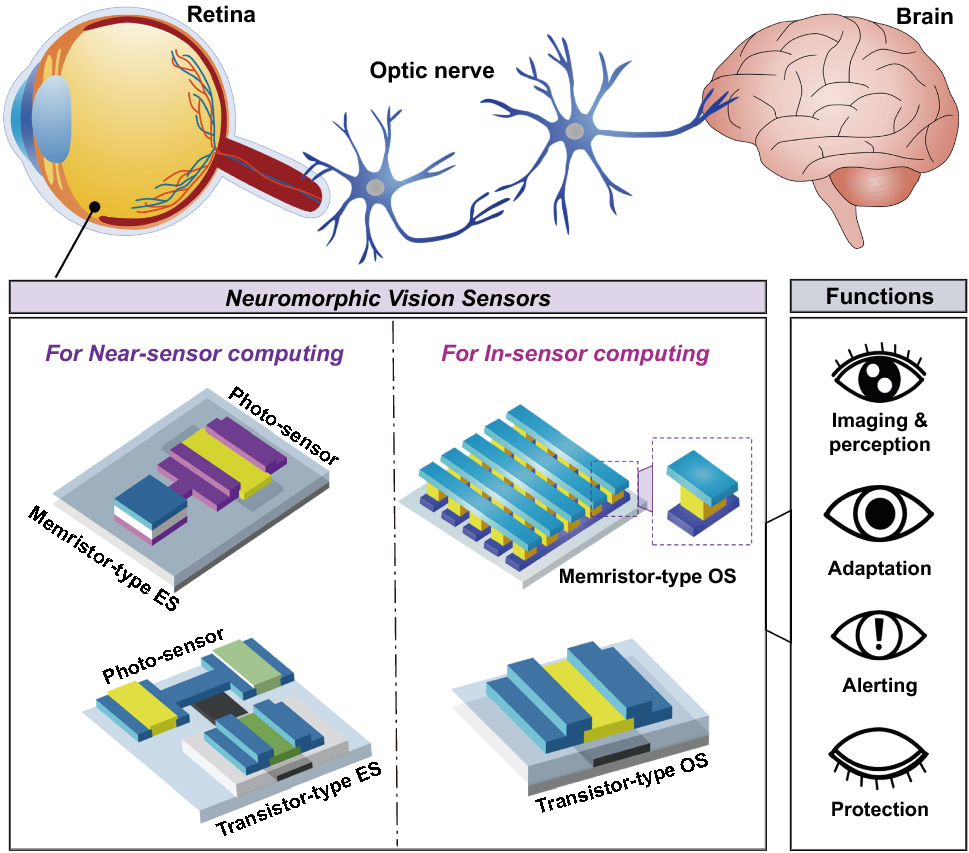BEIJING, March 30 (APP): Dr. Ali Imran and Prof. Xu Mingsheng have recently invented a Neuromorphic Vision sensor at Zhejiang University, China in collaboration with international scientists from the State University of New York, United States of America, National Institute for Materials Science, Japan and Sejong University, South Korea.
Their device can be used to drive vision sensors for performing neuromorphic functions such as sensing, learning, memorizing, and decision-making at the single-sensor level. So, the sensing, processing, and data storage can be integrated within a single device instead of different sensors, computers, and hard disks.
The simple, smart, high-performance, energy-efficient, and intelligent sensor can be easily fabricated at the industrial scale. In their research work, they have discovered a simple method to fabricate the HfAlO interfacial layer, which possesses ferroelectric properties. They used atomic layer deposition to achieve this interfacial layer, which was further integrated with monolayer Graphene to form a ferroelectric field effect transistor.
The device function starts with light absorption in Silicon. This converts the optical energy into photovoltage, which polarizes the ferroelectric HfAlO layer. The smart Graphene channel senses these changes and transfers the signal to the output. The continuous weak light signals can finally form an image pattern, which can identify the objects, digits, images, or human faces.
The device structure is reliable when operated properly and can be utilized for longer periods without performance degradation. The projected market size for Global Neuromorphic Computing is anticipated to reach USD 8,275.9 million by 2030, with a remarkable Compound Annual Growth Rate of 85.73% from 2021 to 2030.
Several factors contribute to this substantial growth, including the escalating demand for artificial intelligence technologies such as chatterbots, computer vision, image processing, language processing, as well as nonlinear controls and automation.
Additionally, the utilization of neuromorphic computing for security purposes, along with the ongoing research, development, and deployment of neuromorphic chips for brain-inspired robotics and intelligent robotic systems, will create great opportunities for market participants throughout the forecast period.
Talking to APP, Dr. Ali, a senior researcher in optoelectronics said that he will continue making efforts to foster China-Pakistan friendship, not only in culture but also in the future of advanced technology. He also expressed his wish for more collaboration between Chinese and Pakistani universities.
He believes that a paradigm shift in Pakistani universities’ research towards addressing industry problems can help to solve economic challenges. Additionally, he warmly welcomes young Pakistani researchers to China to pursue their dreams of conducting top-level research.
APP/asg






